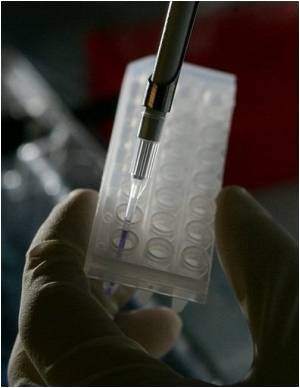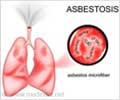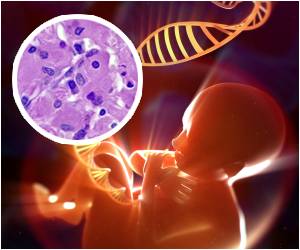Analysis of proteins, researchers have discovered, provide a more precise measure of health than the existing genetic analysis that is actually only a measure of risk.

"Personalized medicine has to be more than prediction of risk for disease, it has to be actionable; what is the person''s state of health at this moment? To determine that you have to understand what proteins are being made, and at what concentrations, even at very low levels," said Larry Gold, Founder, Chairman and CEO of SomaLogic. "This has proven to be a difficult task, but we believe we have succeeded at finding a way to entirely transform protein-based diagnostics and help drive the realization of personalized medicine in this decade."
SomaLogic''s proteomic technology is built on two decades of painstaking work to corral aptamers - short stretches of nucleic acids that form protein-binding three-dimensional structures - into performing exquisitely specific recognition and binding of proteins. Through a series of chemical modifications of the nucleic acids that make up the aptamer, SomaLogic scientists were able to develop a next generation of aptamers - renamed "SOMAmers" to reflect their increased abilities -- that together can bind proteins of widely diverse types and concentrations. And because SOMAmers are essentially small bits of DNA, current DNA measurement technologies like microarrays can be used to measure them and provide a readout of protein or biomarker types and concentrations in a fast and simple analysis. This powerful combination - specific binding to individual proteins and DNA-based quantification - allows the researchers to accurately detect and measure literally a thousand proteins in as little as a few drops of blood in a single experiment. The first PLoS One paper describes this breakthrough technology in detail, and demonstrates its power through application to samples from patients with chronic kidney disease, finding not only known markers of the disease but many previously unknown protein biomarkers.
"Today, single protein biomarkers are the foundation of clinical diagnostics: but both normal and disease biology is far more complex than a single measurement can capture: We need to look at multiple biomarkers, or a ‘signature'' of proteins, that is truly revealing about health and disease at that moment," said Steve Williams, Chief Medical Officer of SomaLogic. "The SOMAmer technology empowers us for the first time to measure real biology in a clinically meaningful way."
In the second PLoS One paper, SomaLogic researchers and their collaborators at multiple sites describe the application of SOMAmers at large scale, uncovering a panel of biomarkers that announce the presence of lung cancer. Lung cancer is the leading cause of cancer deaths, mostly because it is detected under current technologies only at its latest stages. By applying SOMAmer technology to over 1300 clinical samples, the researchers rapidly identified a panel or "signature" of 12 proteins that together accurately reveal the presence of lung cancer in at-risk patients (e.g., long-term smokers). This finding is the basis for a new diagnostic test under development for clinical application in the next year.
"By being able to detect lung cancer early, we finally have a tool to reduce the morbidity and mortality of this deadly disease with successful surgical intervention," said William Rom, Professor of Medicine and Environmental Medicine at NYU School of Medicine and a collaborator on the lung cancer study. "In addition, we can avoid unnecessary treatments in patients who have a lung nodule on CT scan, but which is actually not cancer as revealed by this test."
Advertisement
Advertisement















